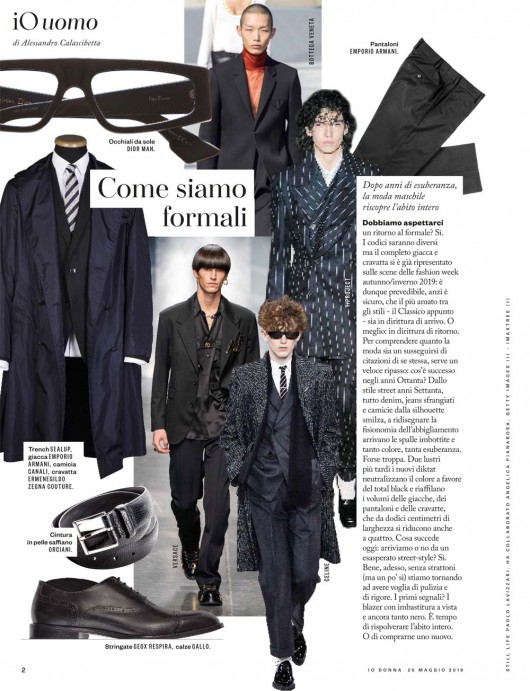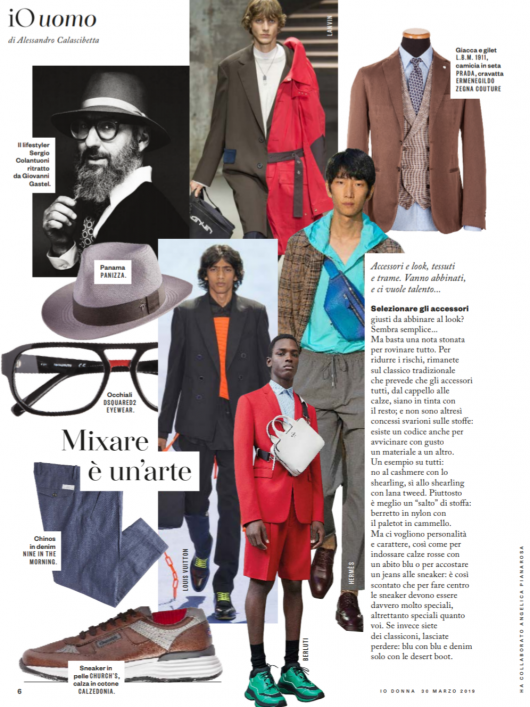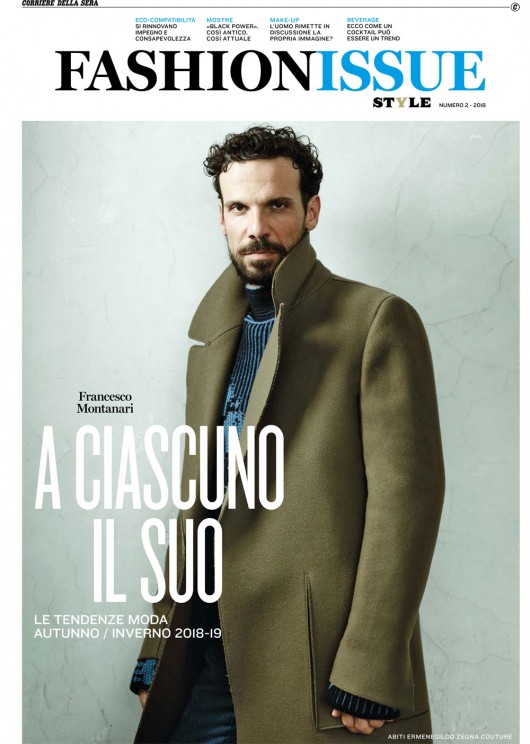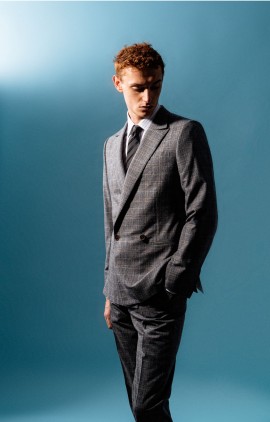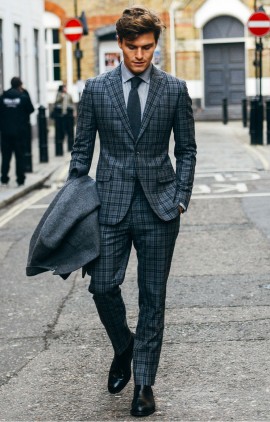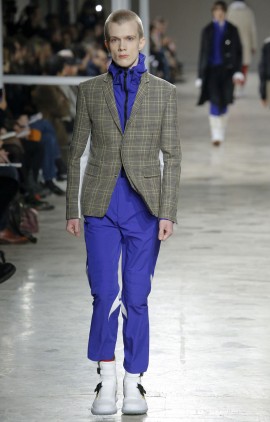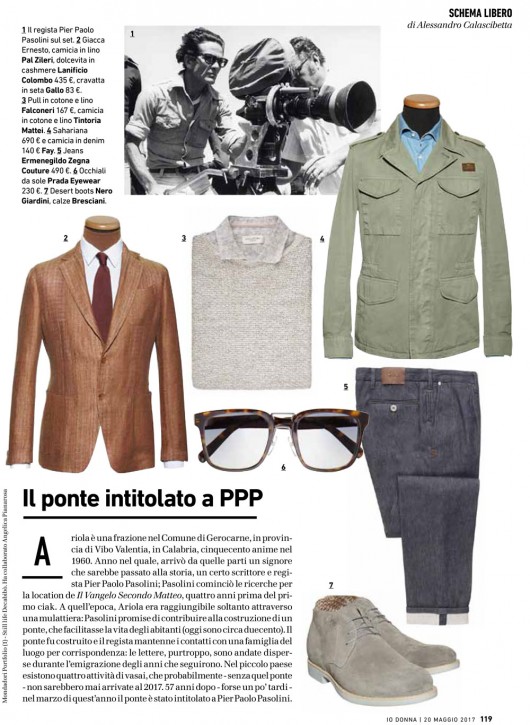IO UOMO – COME SIAMO FORMALI
We’re so formal. Do we have to expect a back to formal? Yes, we do. The codes will be different, but the suit will be a trend of f/w 2019; so we can say that the most loved style – the classic, indeed – is coming back, again. To understand how fashion is a countinuous series of quotes of itself, we need a quick review: what happened in the 80s? From the street style of the 70s, all about denim, fringes and fitted shirts, the silhouette was redesigned by padded shoulders and lots of colors, lots of excess. Maybe too much. Ten years later the new diktats avoid color and prefer the total black, and slim volumes for jackets, trousers and also ties, that passes from 12cms wide to 4. What happens today: we’re coming from an extreme street-style. Well, now we’re starting to aim for more tidiness and rigor. The first signals? The blazers with visible stitching and a lot of black. Is time to wipe the suit agin. Or to buy a new one.





